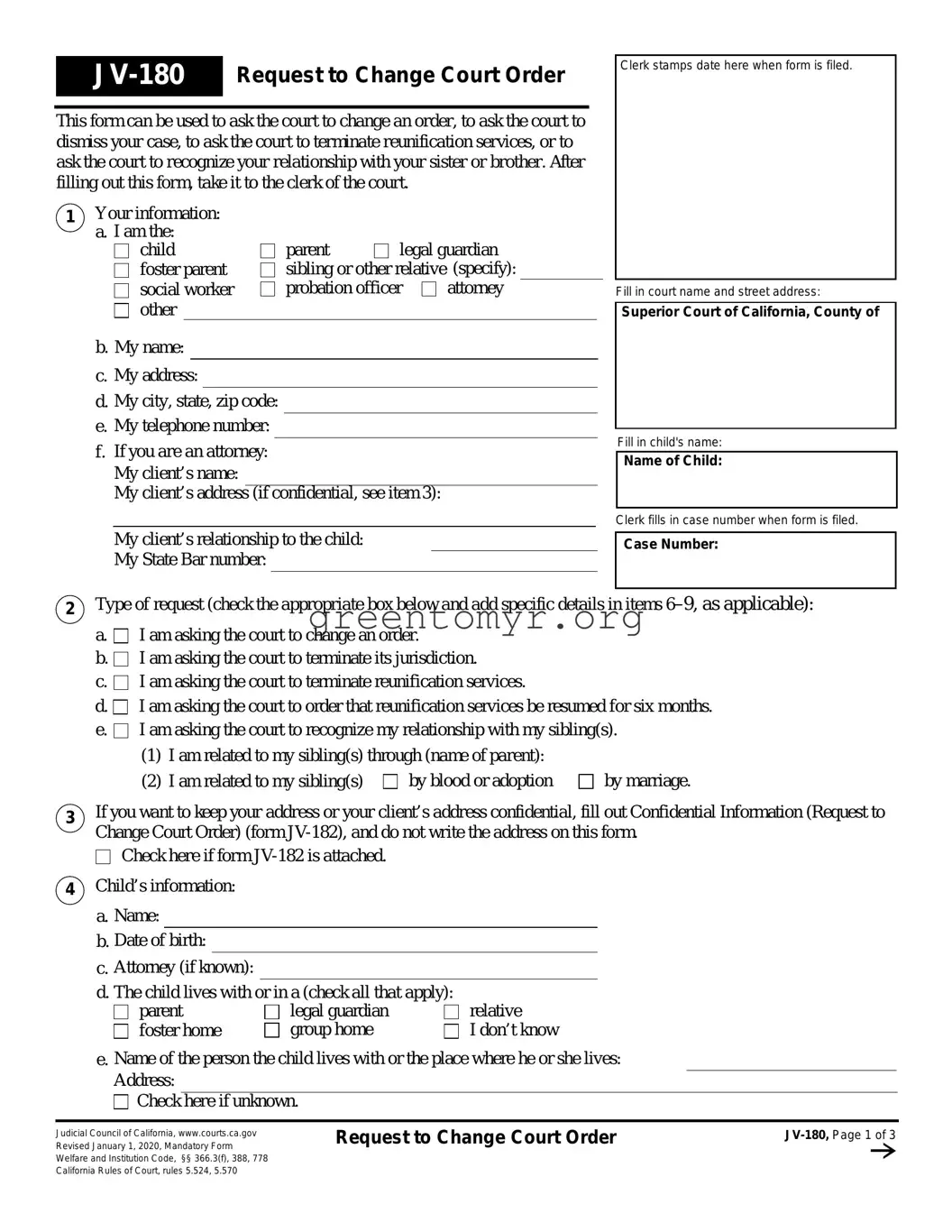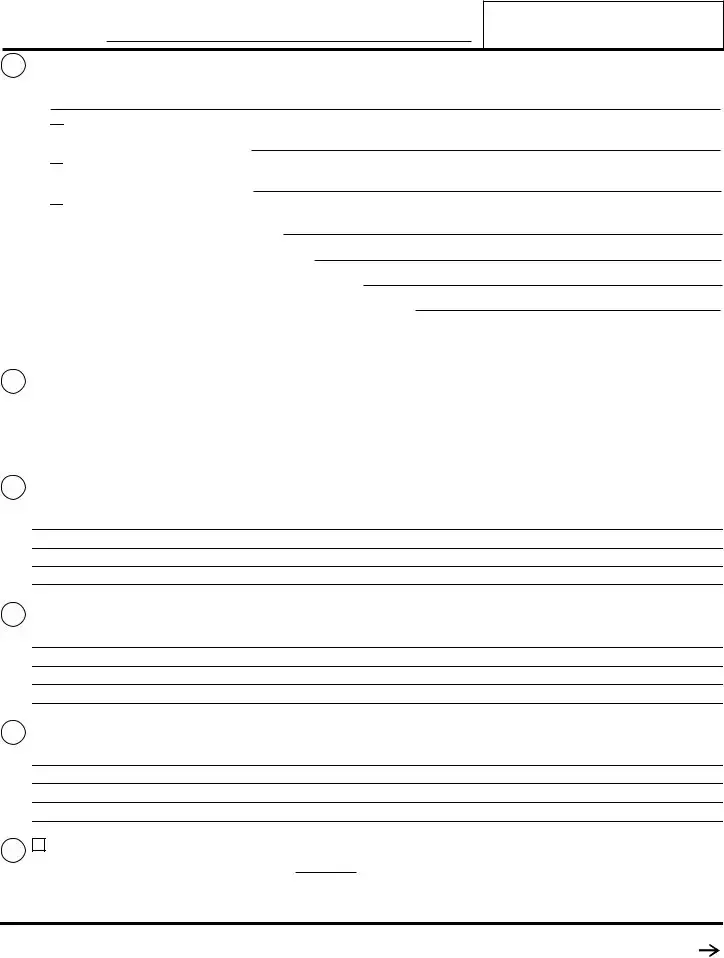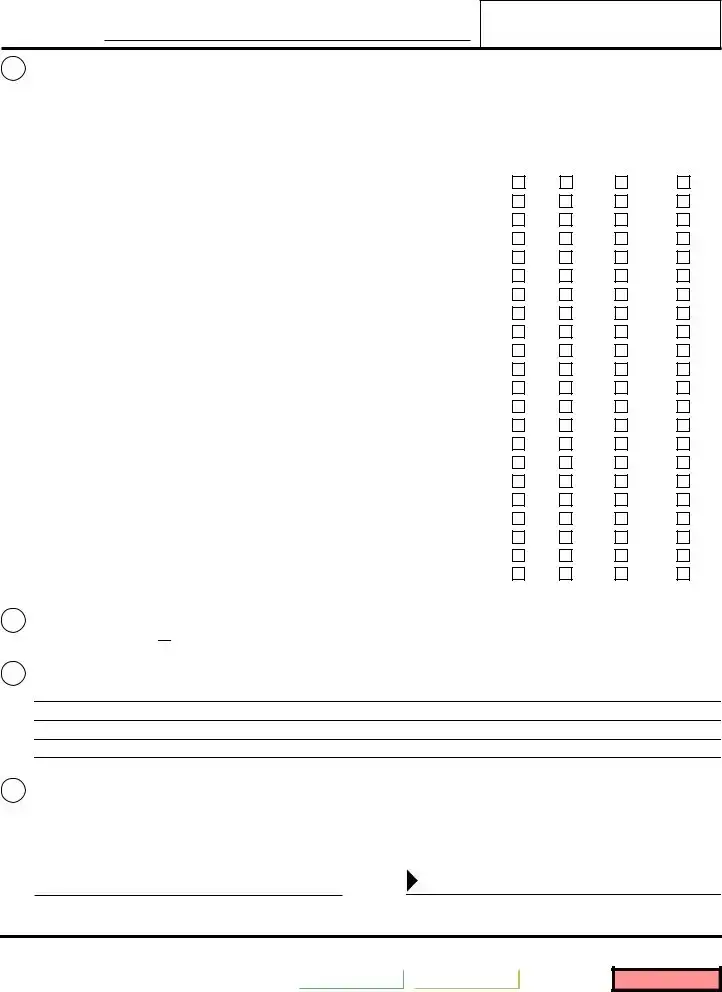Filling out the JV-180 form can be a straightforward task, yet many individuals make common mistakes that can delay their requests or result in the form being rejected. One significant mistake is leaving out personal information. Failing to provide complete details about oneself, such as name, address, or relationship to the child, can hinder the court's ability to process the request. It is crucial to check all sections carefully to ensure there are no omissions.
Another frequent issue is incorrect identification of the type of request. The form requires specific checkbox selections regarding the nature of the request, whether it's to change an order or terminate services. It is vital to select the appropriate box accurately, as this sets the direction for the court’s review. Mistakenly checking the wrong option may lead to confusion and misinterpretation of the request by the court.
People often overlook the importance of providing detailed information about the child involved. This includes confirming the child's name and date of birth, as well as the current living situation. If this section is incorrectly filled out or left blank, the court may experience delays in processing the case as they seek to gather the necessary details.
In addition, many individuals neglect to communicate changes that have occurred since the original court order. This is a critical section, where one must explain why the judge should reconsider their previous decision. Without this information, the request may seem unsupported, and the court could dismiss it. Always focus on presenting new or relevant facts clearly and convincingly.
Another common error lies in the acknowledgment of relevant parties. The form provides a list for individuals who must be notified about the request. Failing to check the correct boxes for whether they agree or disagree can lead to misunderstandings. It’s essential to provide accurate confirmations to show awareness of others’ opinions on the request.
Confidentiality is also often mismanaged. Many people either fail to fill out the Confidential Information form when needed or neglect to indicate that such a request is attached. This oversight might expose sensitive addresses or information that the individual wishes to keep private, so following confidentiality guidelines is crucial.
Moreover, signatures and declarations are vital for validating the form. Individuals frequently forget to sign the document or don’t declare the truthfulness of the information provided. The declaration acts like an affirmation; without it, the submission may lack legal grounding.
Lastly, some may fail to follow procedural steps after completing the form. After filling out the JV-180, one must submit it to the clerk of the court. If the document is not filed correctly, or if the subsequent actions required are not completed, this could lead to further complications in the legal process. Careful adherence to filing procedures can prevent unnecessary delays.


 I am asking the court to change an order.
I am asking the court to change an order. I am asking the court to terminate its jurisdiction.
I am asking the court to terminate its jurisdiction. I am asking the court to terminate reunification services.
I am asking the court to terminate reunification services. I am asking the court to order that reunification services be resumed for six months.
I am asking the court to order that reunification services be resumed for six months. I am asking the court to recognize my relationship with my sibling(s).
I am asking the court to recognize my relationship with my sibling(s).
 Check here if form
Check here if form  Check here if unknown.
Check here if unknown.





